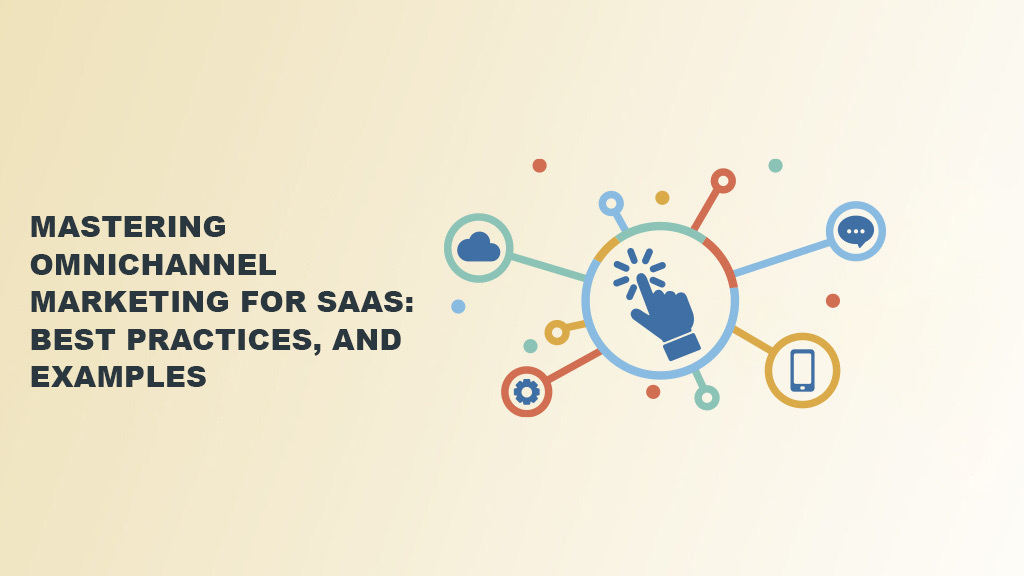Are you tired of losing customers? Do you feel like you’re not getting the most out of your marketing budget?
Then maybe it’s time to create an omnichannel marketing strategy.
Having a consistent message across all your marketing channels will bring up new opportunities. Without it, fans of your business will feel disconnected. This will lead to low engagement and poor conversion numbers.
That’s not the case for companies that have an omnichannel strategy.
In this post, you’ll learn how to come up with a consistent message across multiple channels. And you’ll see how you can personalize your message for each customer.
What Is Omnichannel Marketing?

What is omnichannel marketing? And why do businesses need to have an omnichannel strategy?
Omnichannel marketing refers to strategies that create an integrated experience across multiple channels. The aim is to make transitions between channels as seamless as possible.
Simply put, it’s a strategy where a business makes all its channels consistent in terms of branding and messaging.
Why Do Businesses Have an Omnichannel Marketing Strategy?
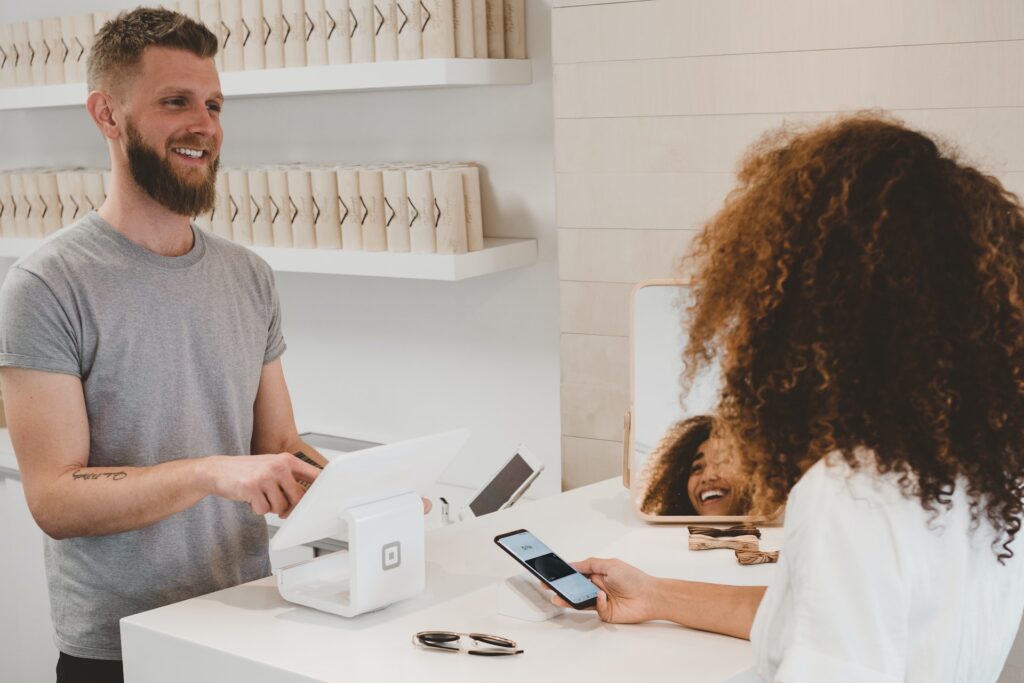
SaaS businesses use omnichannel marketing to deliver a cohesive user experience for their customers.
But there are additional benefits to having an omnichannel strategy.
It leads to customer loyalty. Customers tend to stay with a SaaS brand when the messaging is consistent.
Omnichannel marketing allows you to use customer data to personalize the customer journey that a lead goes through. This results in improved customer engagement.
You can expect to outperform some of your competitors if you have a winning omnichannel marketing strategy. A seamless customer experience can set you apart from other SaaS companies.
How Is It Different From Multichannel Marketing?
Omnichannel marketing is different from multichannel marketing.
Multichannel marketing is when companies provide customers with multiple points of contact. For example, a business can have a website, an email, and several social media accounts.
Omnichannel marketing is similar in that sense. The difference lies in how you connect these channels.
With omnichannel marketing, data should remain synced as a user jumps from one channel to the next. It’s a bit more complex than multichannel marketing.
Building an Omnichannel Marketing Campaign
Omnichannel marketing strategies rely on SaaS companies to work.
But before you go shopping for SaaS products, you first need to build your omnichannel marketing campaign.
Here are some of the things you need to keep in mind.
Define Your Target Audience
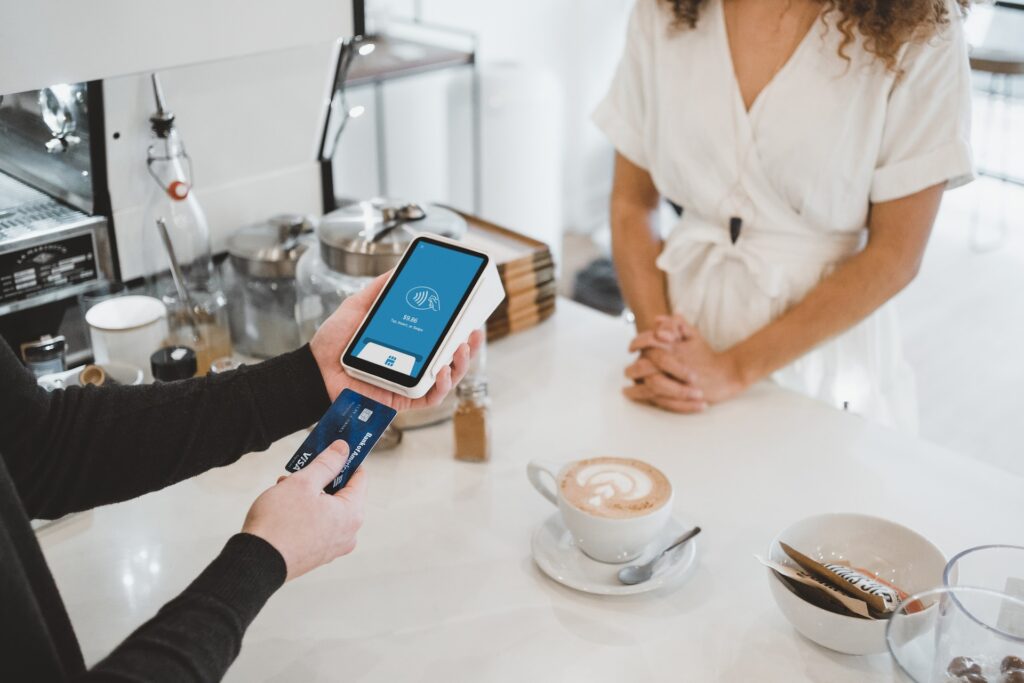
Think about your audience and figure out what channels they’re probably using.
You can conduct market research to identify key trends and customer needs in your industry. Or simply analyze your most recent customer data to understand your core demographic.
Some companies develop buyer personas. This allows them to make fictionalized versions of their ideal customers which helps them set their marketing goals.
If you’re starting from scratch, conduct surveys and interviews. This would give you a baseline to work with.
Looking at your competitors can also give you some sense of who your target audience should be.
Develop a Cohesive Message
You need to think of a single message that you can share across multiple communication channels.
Ideally, you want it to be short, compelling, and easy to understand. More importantly, the message should summarize what your brand is about.
Your core message should highlight your product’s unique value proposition.
Think of what your audience wants and needs. Your message should be able to address them.
Make sure that the message you come up with will translate to whatever platforms you’re going to use.
That means it should work whether you’re using videos to send your message or sending emails to potential clients.
Choose the Right Channels

Now that you know who your target audience is and what your message will be, choose which channels you’re going to use.
Pick a platform that your followers engage with every day. Their age and location can be a factor. If you’re focusing on Southeast Asia, for example, then find social media channels that are popular in the region.
You can base your decision on case studies and industry reports as well.
Again, you can look at your competitors in the space to see what channels they’re using. Go see what’s working for them.
However:
Keep your marketing budget in mind as you make your choices. Some content will require more money and manpower to produce than others.
Optimize Your Content for Each Channel
You’ll have to tailor your message to each channel you’ve selected.
To do just that, you’ll need to understand each platform. Understanding their characteristics is the key to making it work.
For example:
Readers won’t mind if blog posts run long so long as they contain useful information. But that’s not the case with social media. The latter requires content to be short and digestible.
The hashtags you use should be consistent as well. But not just any hashtag would do. It should remain relevant to your message.
Visuals from platform to platform should share the same elements too. Think about the colors and fonts you use.
Personalize Your Messaging
Customer expectations from brands are different from what they were a decade ago.
These days, they expect personalized customer interactions with businesses. Existing customers want to receive content that focuses on their wants and needs.
How can you do that?
You’ll need data. Customer behavior and preferences should give you some idea of what they want to see.
There are SaaS products that will let you personalize your message based on customer data.
For instance, a customer that bought a new camera from your online store might also be interested in related accessories like tripods.
So any marketing email you send that customer should mention other products that may interest that person.
Integrate Your Channels

Your marketing channels need to work as one for them to be effective.
For example:
If people click a product link on your social media pages, you should automatically recommend similar products once they land on your website.
Or if they buy a product, you can send them an email right away. Thank them for their purchase and promote other items they might like.
One of the easiest ways to integrate channels is to centralize communications through a SaaS service.
There are products that will let you talk to customers from one app regardless of what platform they used to get in touch. You won’t have to jump from Facebook Messenger to Twitter.
Measure Your Results
You must keep track of your progress. Track your campaign results and use the data you have to make changes as needed.
Data will play a huge role in your omnichannel campaign. You’ll use it as the basis for any changes you might make.
That’s why you should find a SaaS solution that can measure your success.
Best Practices for Using SaaS Products in Omnichannel Marketing Campaigns
SaaS companies make it easier for businesses to run omnichannel marketing campaigns.
But how do you choose which SaaS businesses to work with?
Here are a few tips on finding the right SaaS products for your campaign.
Choose the Right SaaS Products
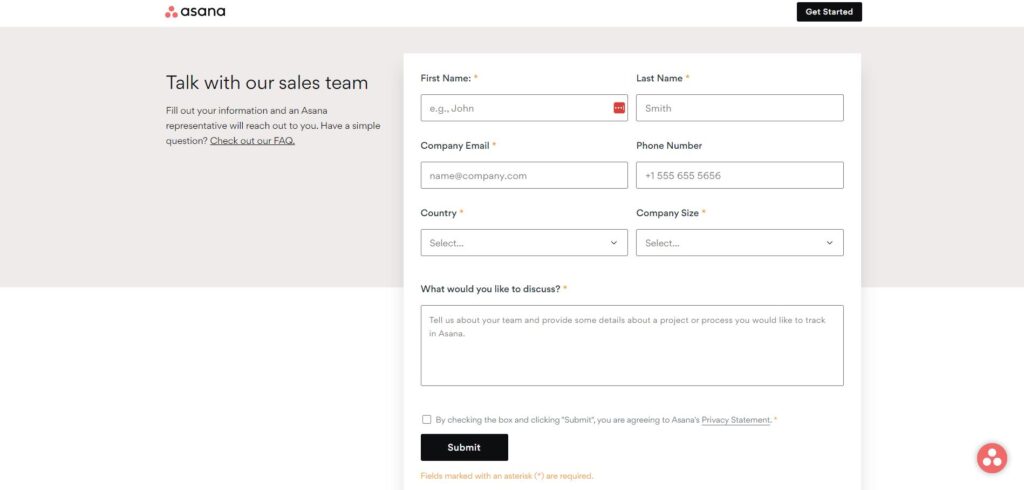
SaaS products can get really specific with what they can do for your business. It’s important to take the time to go over their features to understand how they can help you fully.
Remember that most SaaS companies offer free trials. Make the most out of them.
Also, some companies are willing to go the extra mile. They’ll offer free walkthroughs of their products.
Schedule a call and let them know what you need from them. See if they have all the features you need to take your campaign to the next level.
Make sure that their prices fall within your estimated budget.
Ensure Data Consistency
Find SaaS products that can collect and store data from multiple channels.
Before you go searching for a product, research what types of data you’ll need to collect for your campaign.
List down all the channels that you’re going to use and see if you can integrate them with the SaaS business.
And while you’re doing your research, see if the product can generate reports in real-time. This will make it more convenient for you to review your progress.
Looking at reviews and recommendations will go a long way toward finding the right SaaS product for your business.
Focus on Customer Experience
Great customer experience will lead to better customer acquisition numbers.
That’s why you should focus on creating a seamless experience for your potential customers. It should make it easier for them to access information no matter what marketing channel they’re on.
You want to personalize your content. Your sales team should be consistent in their messaging. And your customer support team should all know what to do when someone calls in with a complaint.
Find a SaaS product that will improve the customer experience.
For example:
There are email marketing tools that can automatically personalize emails for you. Many SaaS companies use in-app messages and live chat to communicate with people quickly.
Leverage Automation
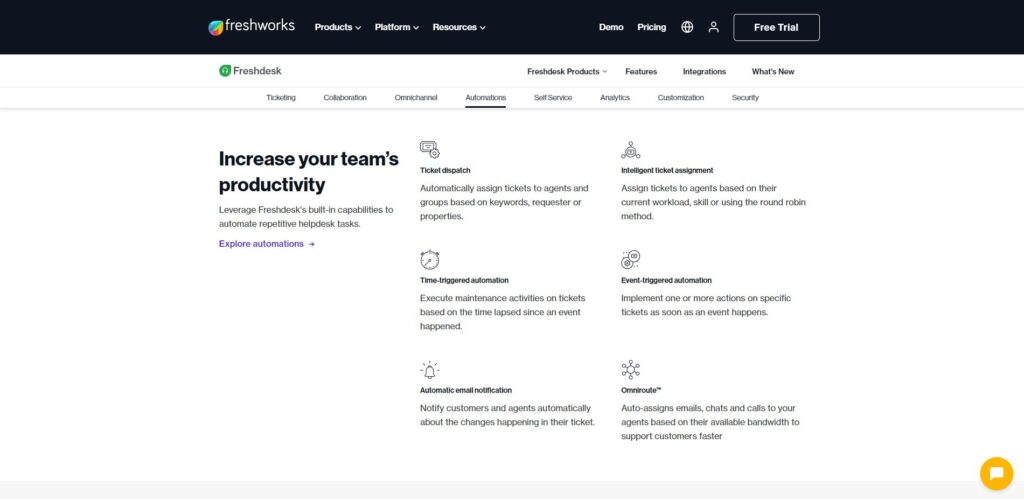
Automation is one of the main reasons why businesses use SaaS products. If a SaaS company offers it, you should make the most of it.
Repetitive tasks like data collection and analysis should be automated. That way, you’ll have more time to work with your team on more pressing matters.
And as mentioned earlier, automation helps improve a customer’s journey. You’ll get better customer feedback as a result.
There are other advantages to using automation.
Chatbots can help your support teams with automated responses. You can also set up triggered email responses like when potential customers abandon their shopping carts.
Use Data and Insights to Optimize Your Campaigns
SaaS products shouldn’t have any problem providing you with data and insights. Use these to optimize your campaigns.
Omnichannel marketing campaigns have to be updated every now and then until you find a winning strategy.
If you’re failing to connect or reach customers, something has to change.
Use current trends and emerging technologies in conjunction with your data to figure out how to pivot your omnichannel campaign.
Those who can should use A/B testing to experiment with landing pages. Even the smallest change can have a significant impact on customers.
Learning to segment your audience will help with getting more precise user data.
Train Your Team

Your marketing managers and other team members should learn how to use the SaaS products you subscribe to.
This is the only way they’ll learn how to be more efficient in accomplishing their goals.
Before launching a campaign, be sure to give your team enough time to get used to a SaaS product. If you’re hiring people, get candidates that have experience with these tools.
There are SaaS companies that provide free training. Have your entire team attend these sessions so they know the product’s capabilities and limitations.
Make sure that the team gets updated regularly. SaaS products are updated frequently. You don’t want your team to get left behind.
Real-World Examples of Successful Omnichannel Marketing Campaigns Using SaaS Products
There are many companies—big and small—that use omnichannel marketing to great success. It’s how they all managed to grow their businesses.
Here are a couple of real-world examples of omnichannel marketing strategies.
Starbucks
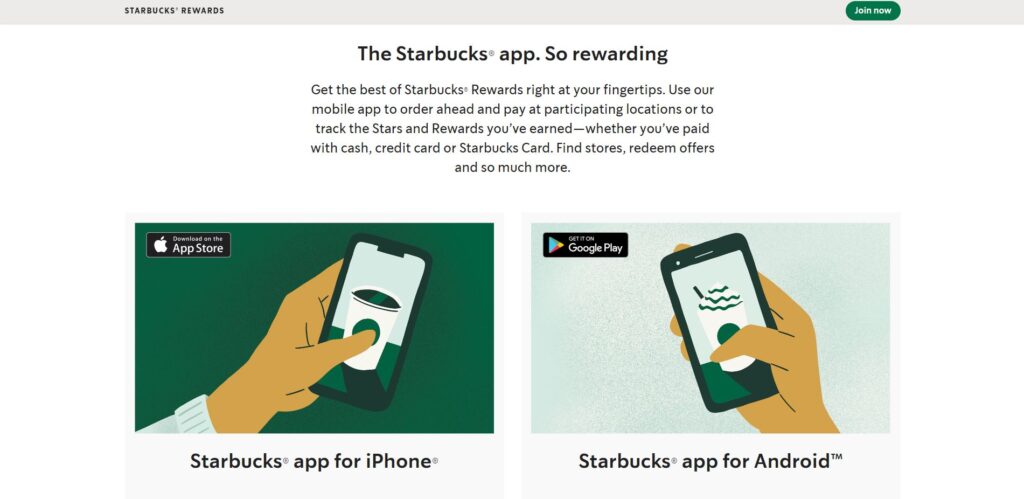
Starbucks customers can reload their Starbucks Cards through their mobile devices. They can pay for their coffee using the Starbucks app.
Customers that use the app can even earn rewards that they can use to get freebies at some point.
People can also use the app to order ahead of time to skip the long line.
This combination of Starbucks Cards and the app give customers more options. And whatever channel their customers are on, the messaging stays consistent.
Starbucks is a good example of a company that managed to use the omnichannel experience to its fullest.
Disney

Is omnichannel marketing important to Disney? Yes, it is.
The Disney website looks good whether you’re on a desktop computer or browsing through a mobile device.
And considering how many products and services it offers, it’s surprising how the company can cater to all of its customers.
For example:
It has an app that lets you browse and watch all the available titles in its library. And you can download an app that improves the theme park experience.
There are even Disney tools that you can use to access hotel features.
By keeping its users happy, Disney can create brand loyalty. It knows the importance of creating a personalized experience.
Sephora
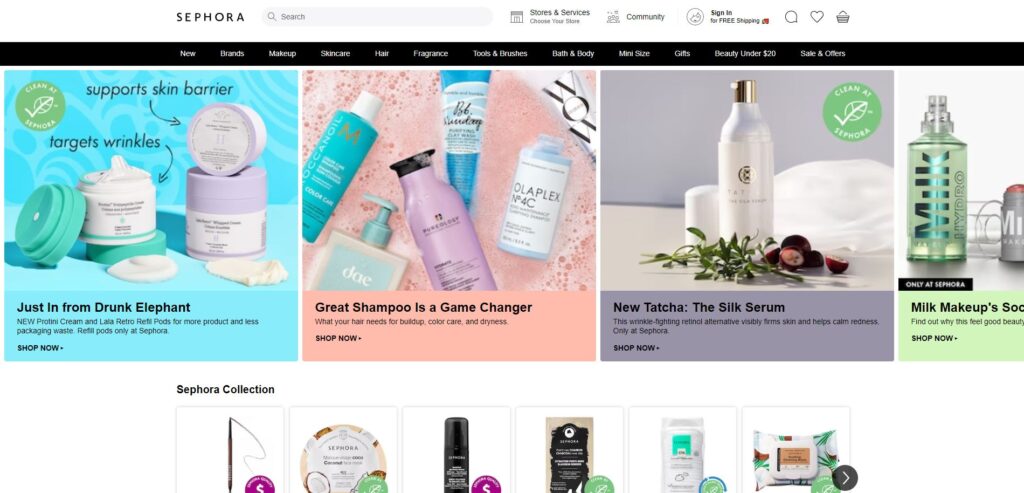
Sephora uses augmented reality to serve its customers. This technology lets the beauty brand showcase its products — its many shaders and colors to be more specific.
That way, users can test what each one looks like when applied to their skin.
The company also managed to add tutorial videos and beauty news to its mobile app. So if users want to hear the latest from the brand, they don’t have to go to its website.
In short, the brand makes it easier for its customers to get the information they need. That makes for a good customer experience.
Conclusion
Omnichannel marketing using SaaS products is one of the best ways to get more leads, retain customers, and improve sales. You have to make sure that all your marketing channels work well together.
Before looking for SaaS products, come up with a strategy. Figure out who your target audience is then come up with a strong message they can relate to. Find channels that your audience uses.
When searching for SaaS products to use, think about all the features you’ll need. And make sure that they can provide the data you’ll need to improve your omnichannel strategy.
Did you know that there are Facebook Messenger Chrome extensions that can help you manage customer messages? Learn more about them in this post.

